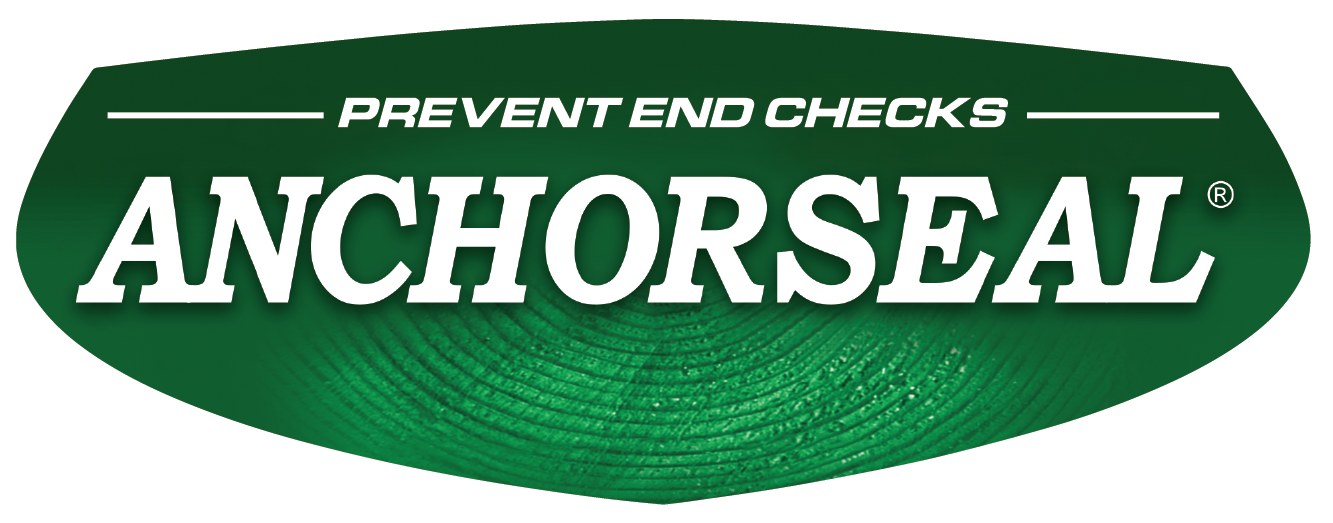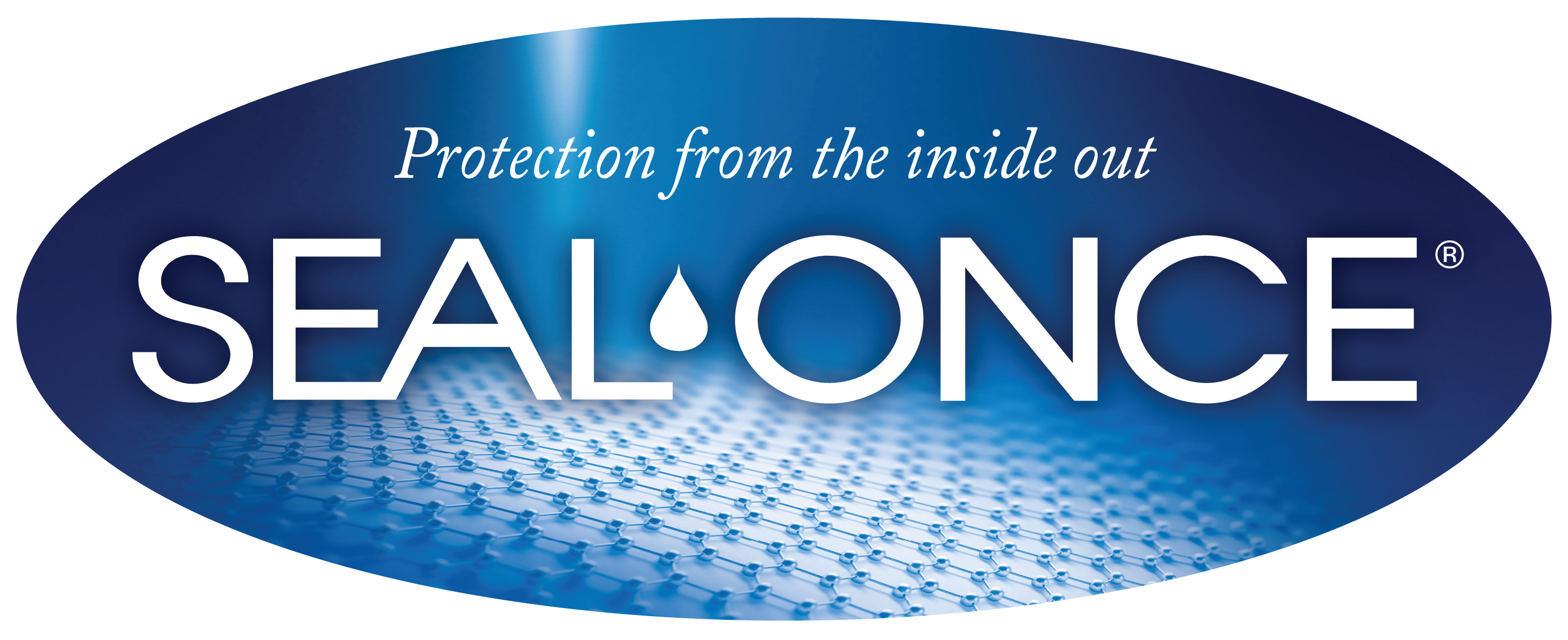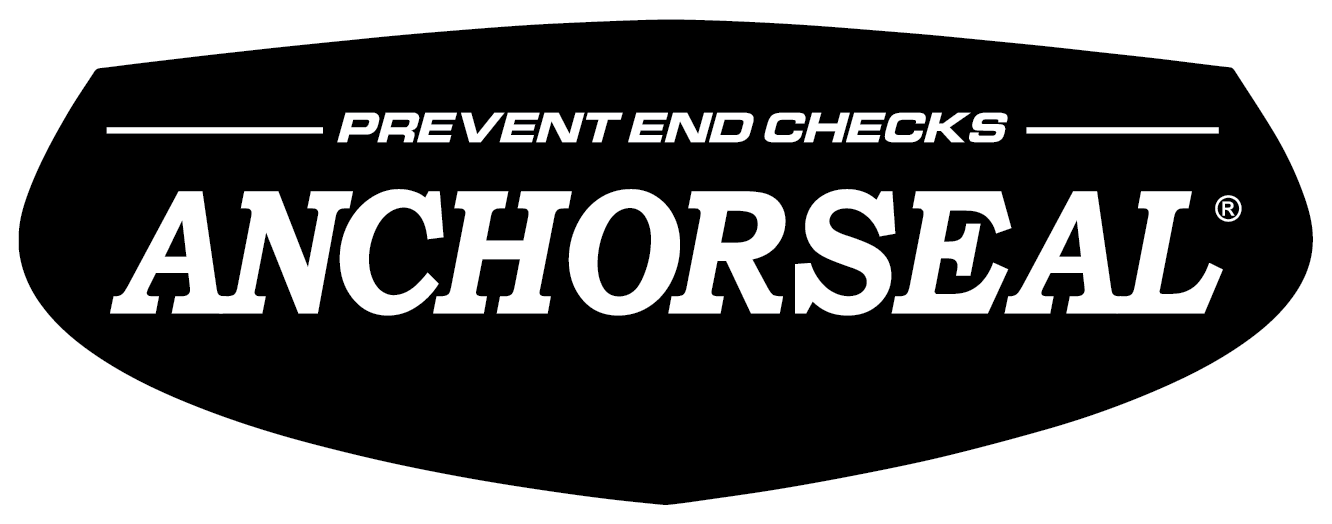Frequently Asked Questions - Eco Chemical | Wood Coatings Manufacturers - Wood Stain & Paint Manufacturers
Collapsible content
Are air knives required when using a Paintamatic or flow coater?
Answer: If excess stain is applied with a roll coater, then the excess stain will need to be removed or you can have a blotchy product at the end. Air knives and back brushes can help immensely in reducing the amount of stain left on the wood. The least amount of stain left on that wood to accomplish the look that you need, the better and the faster that wood dries. A Paintamatic leaves very little stain on the wood, thus it will dry faster than a roll coater in most cases.
Are your stains VOC compliant?
Our entire line of waterborne paints and coatings are VOC compliant. Our line of ultra-low VOC wood stains developed especially for the southern California market, reduce VOCs to 3 lbs. per 50 gallons of stain—which is extremely low.
How can I avoid sticker marks?
We have customers that stack and stick wet from the Paintamatic and don’t suffer sticker marks. Since the Paintamatic leaves very little paint on the wood, it dries faster than a roll coater.
Having seen a variety of methods work pretty well, it seems that there are many different ways to approach staining. Would you agree?
Each facility has had its own problems with things like cold weather, pooling of stain on the wood, chain marks, belt marks, etc. Most of these problems have been solved by getting as much of that stain off the wood as possible—usually by back brushing the stain into a re-circulating tank, or using air knives, or prolonging dry time before the stained wood is stacked.
How does wood stain protect wood?
In addition to enhancing the appearance of the wood, a high quality stain will create a thin protective coloring film that can protect against UV degradation as well as from wet weather and surface soiling.
Why put stain on pressure treated wood?
Pressure treated wood typically appears green or off color and is not very attractive if left unstained. Staining gives the wood a more pleasing overall appearance, along with delivering protection against sun and weather that pressure treating alone does not provide. The finished product is much more attractive, promises greater durability, and offers greater value to the homeowner.
Why is waterborne stain preferred over oil stain for use on pressure treated wood?
The majority of commercial pressure treating today is done with waterborne chemistry, which provides uniform coverage, better surface adhesion, overall protection, and easier long term surface care. Eco Chemical™ waterborne stains work well with these leading pressure treatment chemistries, can be easily applied using high speed production methods, and are both eco and user friendly. Perhaps most important for enclosed production environments, our stains do not emit odor, and are VOC free.
How does pigment quality affect the durability of a wood stain?
Virtually any grade or quality of pigment provides satisfactory initial color and appearance. Over time however, the combined effect of weathering, especially exposure to the sun and UV light can “bleach out” the color of the stain and degrade the overall appearance of the wood. Better quality pigments, such as the high grade iron oxides used in Eco Stains, will not fade and will result in longer lasting, more uniform coloration and protection for the wood surface.
What makes a good deck stain different from other general purpose wood stains?
Decks are perhaps the most challenging surfaces for coatings due to their “face up” exposure to outdoor elements, including standing water, sunlight, and abrasion from foot traffic and furniture. A good deck stain needs to be formulated accordingly, which makes it different from a stain suitable for use on fencing or siding. Deck stain should contain appropriate quantities of superior quality pigments and resins to ensure sufficient surface film durability against weather and wear.
What is an alkyd, and how does it improve waterborne stain performance?
An alkyd is a type of resin that can be manufactured from plant oils such as linseed, soybean, or coconut. Alkyd resins in wood coatings provide penetration and better adhesion because the particles engage and anchor to wood better than acrylic. Acrylic, on the other hand, provides a more durable surface for superior protection against sun, water, and surface abrasion. Eco Chemical produces a hybrid stain that combines a vegetable oil-based alkyd with an acrylic to give homeowners the best of both worlds. Eco’s hybrid formula also provides a more striking finish, like that of conventional oil finishes, without the odor and high VOC content.













